Home>Home Appliances>Laundry Appliances>How To Clean A Washing Machine With Vinegar And Baking Soda
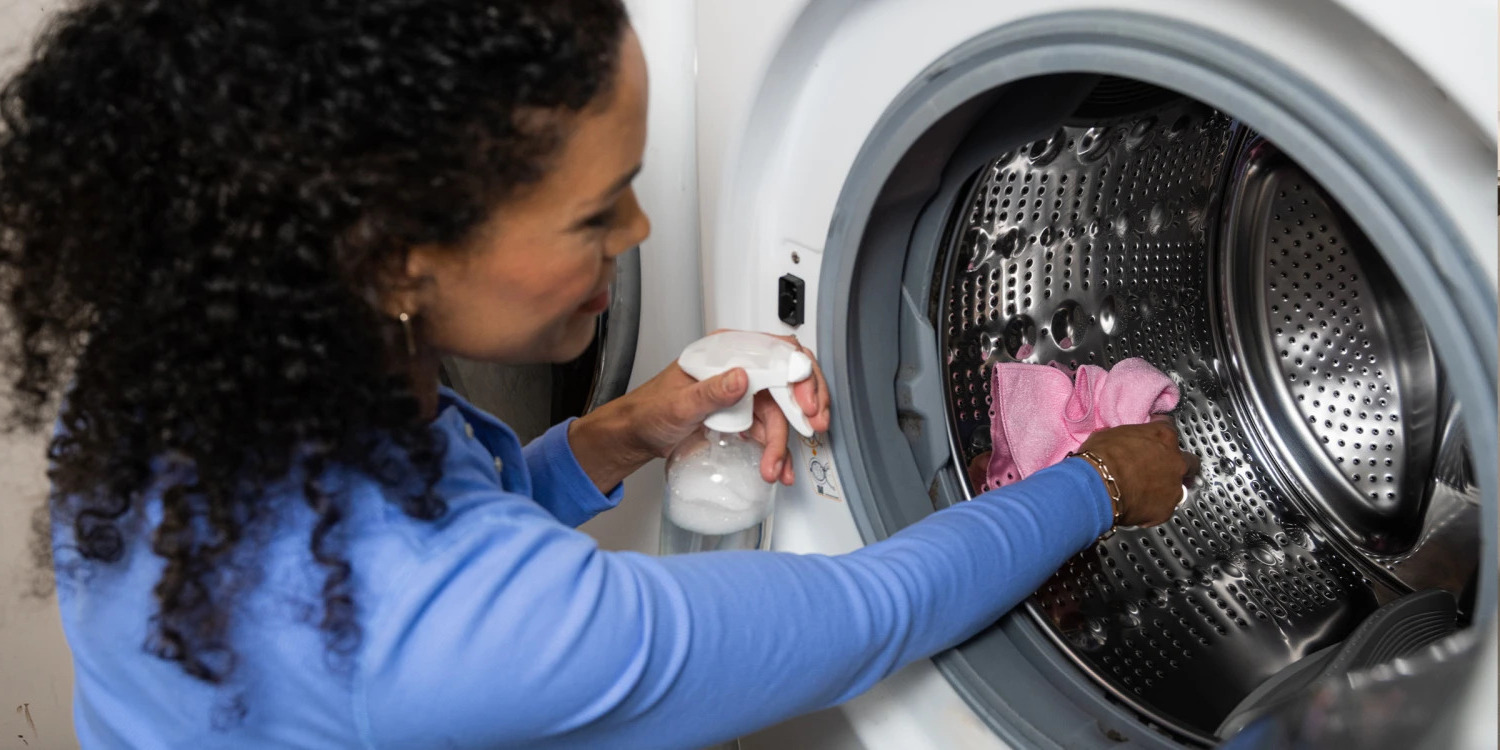

Laundry Appliances
How To Clean A Washing Machine With Vinegar And Baking Soda
Modified: October 28, 2024
Learn how to clean a washing machine with vinegar and baking soda to keep your laundry appliances fresh and odor-free. Follow these simple steps for a cleaner, more efficient machine.
(Many of the links in this article redirect to a specific reviewed product. Your purchase of these products through affiliate links helps to generate commission for Storables.com, at no extra cost. Learn more)
Introduction
Cleaning your washing machine may not be the first thing that comes to mind when you think about household chores, but it's an essential task that can have a significant impact on the cleanliness and longevity of your appliance. Over time, soap scum, mineral deposits, and bacteria can build up inside your washing machine, leading to unpleasant odors and potentially affecting the cleanliness of your laundry. Fortunately, with just a few simple ingredients and a little bit of time, you can effectively clean your washing machine and keep it running smoothly.
In this comprehensive guide, we will walk you through the step-by-step process of cleaning your washing machine using two powerful and natural cleaning agents: vinegar and baking soda. These common household items are not only effective at removing dirt and grime but are also gentle on the environment, making them an ideal choice for maintaining a clean and odor-free washing machine.
By following the methods outlined in this article, you can ensure that your washing machine operates at its best, producing fresh and clean laundry with every cycle. Whether you have a top-loading or front-loading machine, regular cleaning with vinegar and baking soda can help prevent mold and mildew growth, eliminate soap residue, and maintain the efficiency of your appliance.
So, if you've noticed a musty smell coming from your washing machine or if it's been a while since you've given it a thorough clean, now is the perfect time to roll up your sleeves and show your hardworking appliance some love. With a few simple steps and a couple of natural ingredients, you can restore your washing machine to its optimal performance and ensure that your laundry comes out smelling fresh and looking clean. Let's dive into the details and get your washing machine sparkling clean in no time!
Key Takeaways:
- Regularly cleaning your washing machine with vinegar and baking soda helps eliminate grime, odors, and bacteria, ensuring fresh and clean laundry while promoting an environmentally friendly approach to household maintenance.
- By following a simple step-by-step process, you can revitalize your washing machine, prolong its lifespan, and enjoy the benefits of a hygienic and comfortable living environment with fresh, clean laundry.
Read more: How To Clean Washer With Baking Soda
Why Clean Your Washing Machine?
Cleaning your washing machine is a crucial yet often overlooked task that can significantly impact the cleanliness and longevity of your appliance. Over time, soap scum, mineral deposits, and bacteria can accumulate inside the drum, detergent dispenser, and door seal of your washing machine. These buildups can lead to several issues that affect both the machine and your laundry.
Firstly, a neglected washing machine can develop unpleasant odors caused by the growth of mold, mildew, and bacteria. These odors can transfer to your clothes, leaving them with a musty smell even after washing. Additionally, the presence of mold and mildew can compromise the hygiene of your laundry, posing potential health risks, especially for individuals with allergies or sensitivities.
Furthermore, the accumulation of soap residue and mineral deposits can affect the performance of your washing machine. These deposits can clog the detergent dispenser and water inlet valves, leading to reduced water flow and inefficient cleaning. As a result, your laundry may not be thoroughly cleaned, and the machine may require more frequent repairs or maintenance.
Regular cleaning of your washing machine is essential for preventing these issues and ensuring that it continues to operate at its best. By removing built-up grime, mold, and mineral deposits, you can eliminate unpleasant odors, maintain the cleanliness of your laundry, and prolong the lifespan of your appliance. Additionally, a clean washing machine is more energy-efficient, as it can operate smoothly without the hindrance of clogs or buildup.
In essence, cleaning your washing machine is not just about maintaining the appliance; it's also about safeguarding the cleanliness and freshness of your laundry. By incorporating this simple yet impactful task into your household maintenance routine, you can enjoy the benefits of clean, odor-free laundry and a washing machine that operates efficiently for years to come.
Materials Needed
To effectively clean your washing machine using vinegar and baking soda, you will need a few simple yet powerful materials. These items are readily available in most households and are environmentally friendly, making them ideal choices for maintaining a clean and odor-free washing machine. Here's what you'll need:
-
White Vinegar: This versatile household staple is renowned for its natural cleaning properties. White vinegar effectively dissolves mineral deposits, soap scum, and bacteria, making it an excellent choice for cleaning and deodorizing washing machines. Its acidic nature helps break down stubborn residues without causing damage to the appliance.
-
Baking Soda: Also known as sodium bicarbonate, baking soda is a gentle yet effective abrasive agent that helps remove stubborn stains and odors. When combined with vinegar, baking soda creates a powerful foaming action that helps dislodge grime and residue from the interior of the washing machine.
-
Microfiber Cloth or Sponge: A soft microfiber cloth or sponge is essential for wiping down the exterior of the washing machine and cleaning the detergent dispenser and door seal. These gentle cleaning tools help remove surface grime without scratching or damaging the appliance's finish.
-
Hot Water: Access to hot water is crucial for running cleaning cycles in your washing machine. Hot water helps activate the cleaning properties of vinegar and baking soda, allowing them to effectively penetrate and clean the interior components of the appliance.
-
Optional Essential Oils: If you prefer to add a pleasant fragrance to your washing machine, you can opt to use a few drops of essential oils, such as lavender or lemon, during the cleaning process. These natural oils can impart a fresh scent to your appliance and laundry without the use of synthetic fragrances.
By gathering these simple yet effective materials, you can embark on the journey to restore your washing machine to its optimal cleanliness and performance. With these items at your disposal, you'll be well-equipped to tackle the task of cleaning your washing machine using the natural cleaning power of vinegar and baking soda.
Step 1: Wipe Down the Exterior
Before delving into the internal cleaning process, it's essential to start by giving the exterior of your washing machine some attention. Over time, dust, detergent splatters, and general grime can accumulate on the surface of the appliance, detracting from its overall appearance. By wiping down the exterior, you not only improve the visual appeal of the washing machine but also create a clean starting point for the thorough cleaning process.
To begin, prepare a microfiber cloth or sponge and dampen it with water. The gentle nature of a microfiber cloth ensures that you can effectively remove surface dust and grime without scratching or damaging the exterior finish of the washing machine. If there are stubborn spots or dried detergent residue, you can moisten the cloth with a mild soapy solution to aid in the cleaning process.
Starting from the top of the washing machine, wipe across the control panel, knobs, and any display screens, ensuring that you remove any dust or residue that may have settled there. Pay attention to the edges and corners, as these areas are often overlooked but can harbor noticeable buildup. As you move down the appliance, continue to wipe the sides, front, and top surface, addressing any visible spots or streaks as you go.
For areas with intricate details or crevices, such as around the door hinge or detergent dispenser, use a soft-bristled brush or cotton swab to gently dislodge any trapped dirt. This meticulous approach ensures that every part of the exterior receives thorough attention, leaving no trace of grime behind.
By the time you complete this step, the exterior of your washing machine will appear visibly cleaner and more inviting. This initial cleaning sets the stage for the deeper cleaning steps that follow, ensuring that your entire appliance, inside and out, receives the care and attention it deserves.
With the exterior wiped down and looking refreshed, you're now ready to move on to the next steps in the process of cleaning your washing machine using vinegar and baking soda.
Step 2: Clean the Dispenser and Door Seal
After giving the exterior of your washing machine a thorough wipe-down, it's time to focus on the often-neglected areas that can harbor grime and residue: the detergent dispenser and door seal. These components are prone to accumulating detergent buildup, mold, and mildew, which can lead to unpleasant odors and affect the cleanliness of your laundry. By addressing these areas as part of the cleaning process, you can ensure that your washing machine is free from hidden sources of dirt and odor.
To begin cleaning the dispenser, start by removing the detergent and fabric softener compartments from the dispenser drawer. Depending on your washing machine model, these compartments may be detachable or slide out easily for cleaning. Once removed, inspect them for any visible residue or clogs. If necessary, rinse the compartments under warm running water to remove any stubborn detergent or fabric softener buildup. Use a soft-bristled brush or toothbrush to gently scrub the compartments, ensuring that all traces of residue are eliminated.
Next, turn your attention to the detergent dispenser drawer cavity. This area can accumulate detergent and fabric softener residue over time, leading to clogs and unpleasant odors. Using a microfiber cloth or sponge dampened with warm, soapy water, carefully wipe the interior of the dispenser drawer cavity, paying close attention to the corners and crevices where residue may be hiding. For stubborn buildup, a solution of equal parts water and vinegar can be used to dissolve and remove the residue effectively.
Once the dispenser drawer and cavity are clean, it's time to address the door seal, also known as the door gasket. This flexible rubber seal is located around the opening of the washing machine and is prone to trapping moisture, lint, and detergent residue, providing an ideal environment for mold and mildew growth. To clean the door seal, start by inspecting it for any visible debris or mold spots. Use a dampened microfiber cloth or sponge to wipe the entire surface of the seal, ensuring that you reach into the folds and grooves where residue may be lurking.
For stubborn mold or mildew spots, create a paste using baking soda and water, and apply it directly to the affected areas of the door seal. Allow the paste to sit for a few minutes to penetrate the mold and mildew, then use a soft-bristled brush to gently scrub the seal. The natural abrasiveness of baking soda helps dislodge the buildup without causing damage to the rubber seal. Once the mold and mildew spots are addressed, thoroughly rinse the door seal with a damp cloth to remove any remaining residue and baking soda paste.
By meticulously cleaning the detergent dispenser and door seal, you can eliminate hidden sources of grime and odor within your washing machine, ensuring that these often-overlooked areas contribute to a fresh and clean laundry experience. With these components thoroughly cleaned, your washing machine is now ready for the next steps in the cleaning process, which involve using vinegar and baking soda to tackle the interior of the appliance.
Run a hot water cycle with 2 cups of vinegar to remove odors and buildup. Then, run another hot water cycle with 1/2 cup of baking soda to clean and freshen the machine.
Step 3: Run a Hot Water Cycle with Vinegar
Now that the exterior of your washing machine is sparkling clean and the detergent dispenser and door seal have been thoroughly addressed, it's time to focus on the interior cleaning process. Running a hot water cycle with vinegar is a highly effective method for removing mineral deposits, soap scum, and bacteria from the internal components of your washing machine.
To begin, pour two cups of white vinegar directly into the washing machine drum. The acidic nature of vinegar makes it an excellent natural cleaner, capable of dissolving stubborn residues and eliminating odors. Vinegar also helps to disinfect and deodorize the interior of the washing machine, ensuring that it remains fresh and clean.
Once the vinegar is added, set your washing machine to the hottest water setting available. The combination of hot water and vinegar creates a powerful cleaning solution that effectively penetrates and cleanses the drum, agitator (in top-loading machines), and internal components. The hot water helps to activate the cleaning properties of the vinegar, ensuring thorough cleaning and disinfection.
Start the washing machine cycle and allow it to run through a complete wash and rinse cycle. The agitation and circulation of the hot water and vinegar within the machine help to dislodge and flush out accumulated grime, mineral deposits, and bacteria. As the cycle progresses, you may notice the water taking on a slightly darker hue, indicating that the vinegar is actively lifting and removing residues from the interior surfaces.
Once the hot water cycle with vinegar is complete, open the washing machine lid or door and allow the interior to air dry. This brief airing out period helps to dissipate any residual vinegar odor and ensures that the interior of the washing machine is left clean and fresh.
By running a hot water cycle with vinegar, you effectively cleanse and deodorize the internal components of your washing machine, preparing it for the next step in the cleaning process. This natural and straightforward method sets the stage for the subsequent use of baking soda to further enhance the cleanliness and freshness of your appliance. With the hot water and vinegar cycle complete, your washing machine is now primed for the next phase of the cleaning process.
Step 4: Run a Hot Water Cycle with Baking Soda
After completing the hot water cycle with vinegar, the next crucial step in the process of cleaning your washing machine involves running a cycle with baking soda. Baking soda, also known as sodium bicarbonate, is a gentle yet powerful cleaning agent that effectively removes stubborn stains, odors, and residue from the interior of the appliance.
To initiate the cleaning process with baking soda, measure out one cup of baking soda and add it directly into the washing machine drum. Baking soda's natural abrasive properties make it an excellent choice for scrubbing away grime and neutralizing odors, leaving the interior of the washing machine fresh and clean.
Similar to the previous step, set your washing machine to the hottest water setting available. The combination of hot water and baking soda creates a potent cleaning solution that permeates the drum and internal components, targeting any remaining residues and odors. The hot water helps activate the cleaning properties of the baking soda, ensuring thorough and effective cleaning.
Commence the washing machine cycle and allow it to run through a complete wash and rinse cycle. As the hot water and baking soda circulate within the machine, the natural abrasive action of the baking soda works to dislodge any lingering grime and residue, leaving the interior surfaces refreshed and revitalized.
As the cycle progresses, you may notice the water taking on a slightly cloudy appearance, indicating that the baking soda is actively working to lift and eliminate any remaining residues. This visual cue signifies that the cleaning process is in full effect, ensuring that your washing machine's interior is thoroughly cleansed and deodorized.
Once the hot water cycle with baking soda is complete, open the washing machine lid or door and allow the interior to air dry. This brief airing out period helps to dissipate any residual baking soda odor and ensures that the interior of the washing machine is left pristine and free from any lingering odors or residues.
By running a hot water cycle with baking soda, you complete the comprehensive cleaning process, effectively eliminating any remaining grime, odors, and residues from the interior of your washing machine. This natural and straightforward method ensures that your appliance is left in optimal condition, ready to deliver fresh and clean laundry with every cycle. With the hot water and baking soda cycle complete, your washing machine is now primed to provide exceptional cleaning performance, ensuring that your laundry emerges fresh and revitalized.
Step 5: Wipe Down the Interior
After completing the hot water cycles with vinegar and baking soda, it's essential to give the interior of your washing machine a final wipe-down to ensure that any loosened residues and cleaning agents are thoroughly removed. This step not only adds a finishing touch to the cleaning process but also ensures that your washing machine is primed for delivering fresh and clean laundry with every cycle.
To begin, prepare a clean microfiber cloth or sponge and dampen it with water. The gentle and absorbent nature of a microfiber cloth makes it ideal for wiping down the interior surfaces of the washing machine without leaving behind lint or fibers. Starting from the top of the drum, gently wipe the interior walls, agitator (in top-loading machines), and any other accessible components, ensuring that you reach into corners and crevices where residues may have accumulated.
As you wipe down the interior, pay close attention to any areas that may have visible residues or discoloration. For stubborn spots or lingering odors, a solution of equal parts water and vinegar can be used to target specific areas, providing an extra boost of cleaning power. The mild acidity of the vinegar helps to dissolve any remaining residues while deodorizing the interior of the washing machine.
In addition to addressing visible residues, it's important to focus on areas where moisture may collect, such as the rubber gasket around the door seal in front-loading machines. Use the dampened cloth to thoroughly wipe the rubber gasket, ensuring that any moisture, lint, or residues are effectively removed. This meticulous approach helps prevent the accumulation of moisture-related odors and maintains the cleanliness of the door seal.
Once the interior surfaces have been wiped down, leave the washing machine lid or door open for a brief period to allow any residual moisture to evaporate. This airing out period helps ensure that the interior of the washing machine is left dry and fresh, ready for the next laundry cycle.
By completing the final step of wiping down the interior, you conclude the comprehensive cleaning process, leaving your washing machine revitalized and prepared to deliver exceptional cleaning performance. With the interior surfaces thoroughly cleansed and deodorized, your appliance is now poised to provide fresh and clean laundry, free from the lingering effects of grime and odors.
In summary, the meticulous attention given to wiping down the interior of your washing machine ensures that it remains a reliable and effective appliance, capable of delivering fresh and clean laundry with every use. With the cleaning process complete, your washing machine is now primed to continue its essential role in maintaining the cleanliness and freshness of your household laundry.
Step 6: Run a Rinse Cycle
After completing the thorough cleaning process using vinegar, baking soda, and wiping down the interior surfaces, the final step to ensure the pristine condition of your washing machine involves running a rinse cycle. This essential step serves to remove any residual cleaning agents, odors, and loosened residues, leaving the appliance fresh, clean, and ready for the next laundry cycle.
To initiate the rinse cycle, set your washing machine to a short and hot water setting. The use of hot water ensures that any remaining traces of vinegar, baking soda, or loosened residues are effectively flushed out of the appliance. The heat of the water further aids in disinfecting and deodorizing the interior components, ensuring that your washing machine is left in optimal condition.
Commence the rinse cycle and allow the washing machine to run through the selected program. As the hot water circulates within the appliance, it works to thoroughly rinse away any lingering cleaning agents and residues, leaving the interior surfaces refreshed and revitalized. The combination of heat and water ensures that the interior of the washing machine is left free from any traces of the cleaning process, guaranteeing that your laundry will not be affected by residual cleaning agents.
As the rinse cycle progresses, you may notice the water taking on a clear and pristine appearance, indicating that the cleaning agents and residues have been effectively removed. This visual cue signifies that the washing machine is now free from any remnants of the cleaning process, ensuring that it is prepared to deliver fresh and clean laundry without any lingering odors or residues.
Once the rinse cycle is complete, open the washing machine lid or door and allow the interior to air dry. This brief airing out period helps to dissipate any residual moisture and ensures that the interior of the washing machine is left dry and fresh, ready for the next laundry cycle.
By running a rinse cycle, you complete the comprehensive cleaning process, ensuring that your washing machine is left in optimal condition, free from any traces of the cleaning agents used. This final step guarantees that your appliance is prepared to continue providing fresh and clean laundry, maintaining the cleanliness and freshness of your household garments.
In summary, the rinse cycle serves as the concluding step in the cleaning process, ensuring that your washing machine is left in pristine condition, ready to deliver exceptional cleaning performance with every laundry cycle.
Conclusion
In conclusion, the process of cleaning your washing machine using vinegar and baking soda is a simple yet highly effective method for maintaining the cleanliness and performance of this essential household appliance. By following the step-by-step guide outlined in this article, you can ensure that your washing machine remains free from grime, odors, and residues, providing fresh and clean laundry with every cycle.
The thorough cleaning process begins with wiping down the exterior of the washing machine, ensuring that the appliance's surface is free from dust, grime, and detergent splatters. Attention is then directed to the often-neglected areas, such as the detergent dispenser and door seal, where residues and mold can accumulate. By meticulously cleaning these components, you eliminate hidden sources of grime and odors, ensuring that your washing machine is primed for optimal performance.
The subsequent steps involve running hot water cycles with vinegar and baking soda, harnessing the natural cleaning properties of these household ingredients to dissolve mineral deposits, soap scum, and bacteria within the interior of the appliance. The combination of hot water and natural cleaning agents effectively revitalizes the washing machine, leaving it fresh, clean, and free from lingering odors.
The final steps of wiping down the interior surfaces and running a rinse cycle ensure that any residual cleaning agents and loosened residues are thoroughly removed, leaving the washing machine in pristine condition. This comprehensive cleaning process not only enhances the cleanliness and freshness of your laundry but also contributes to the longevity and efficiency of the appliance.
By incorporating the use of natural cleaning agents such as vinegar and baking soda, you not only maintain a clean and odor-free washing machine but also minimize the use of harsh chemicals, promoting a more environmentally friendly approach to household maintenance.
In essence, the process of cleaning your washing machine with vinegar and baking soda is a rewarding endeavor that yields tangible benefits. By dedicating a small amount of time to this essential task, you can ensure that your washing machine continues to provide fresh and clean laundry, contributing to a hygienic and comfortable living environment for you and your family. With a revitalized washing machine, you can approach each laundry cycle with confidence, knowing that your garments will emerge fresh, clean, and free from the effects of accumulated grime and odors.
Frequently Asked Questions about How To Clean A Washing Machine With Vinegar And Baking Soda
Was this page helpful?
At Storables.com, we guarantee accurate and reliable information. Our content, validated by Expert Board Contributors, is crafted following stringent Editorial Policies. We're committed to providing you with well-researched, expert-backed insights for all your informational needs.
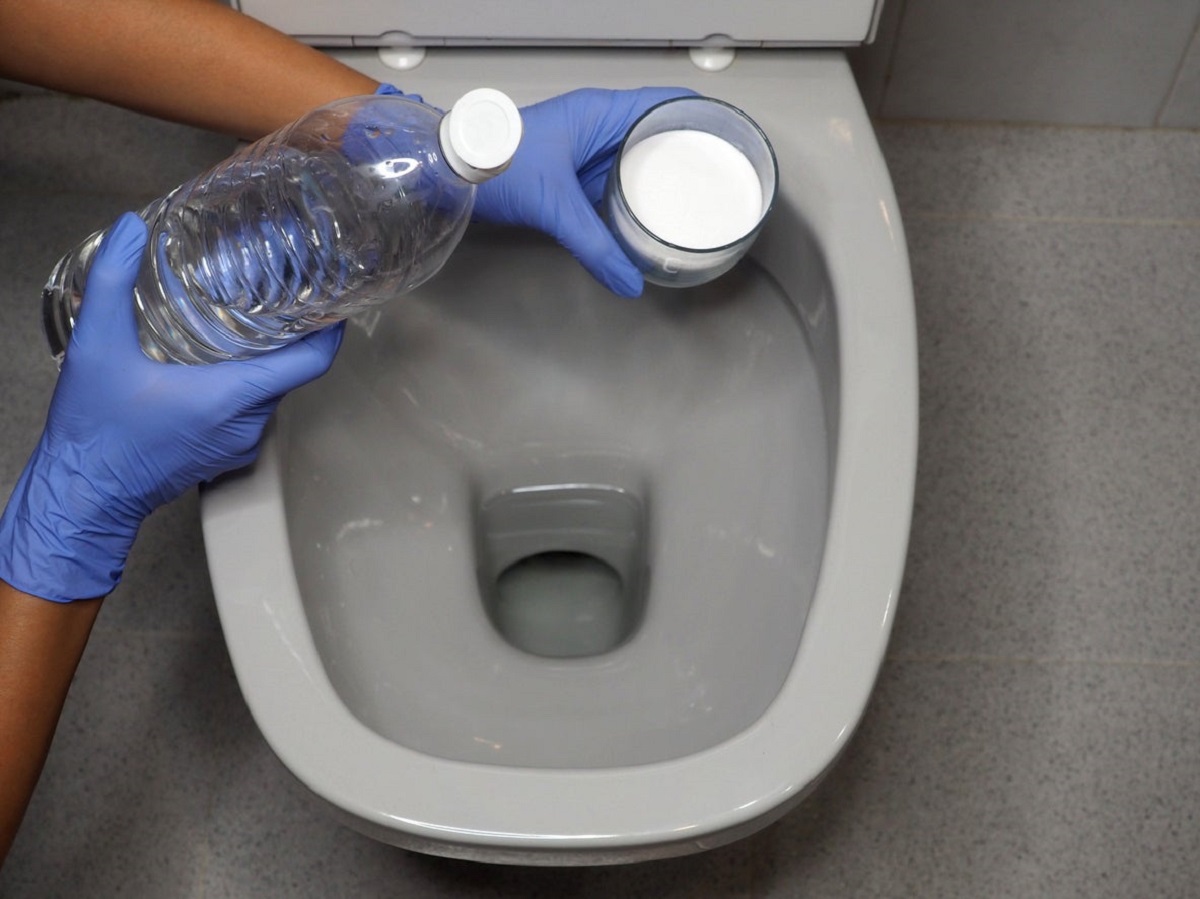
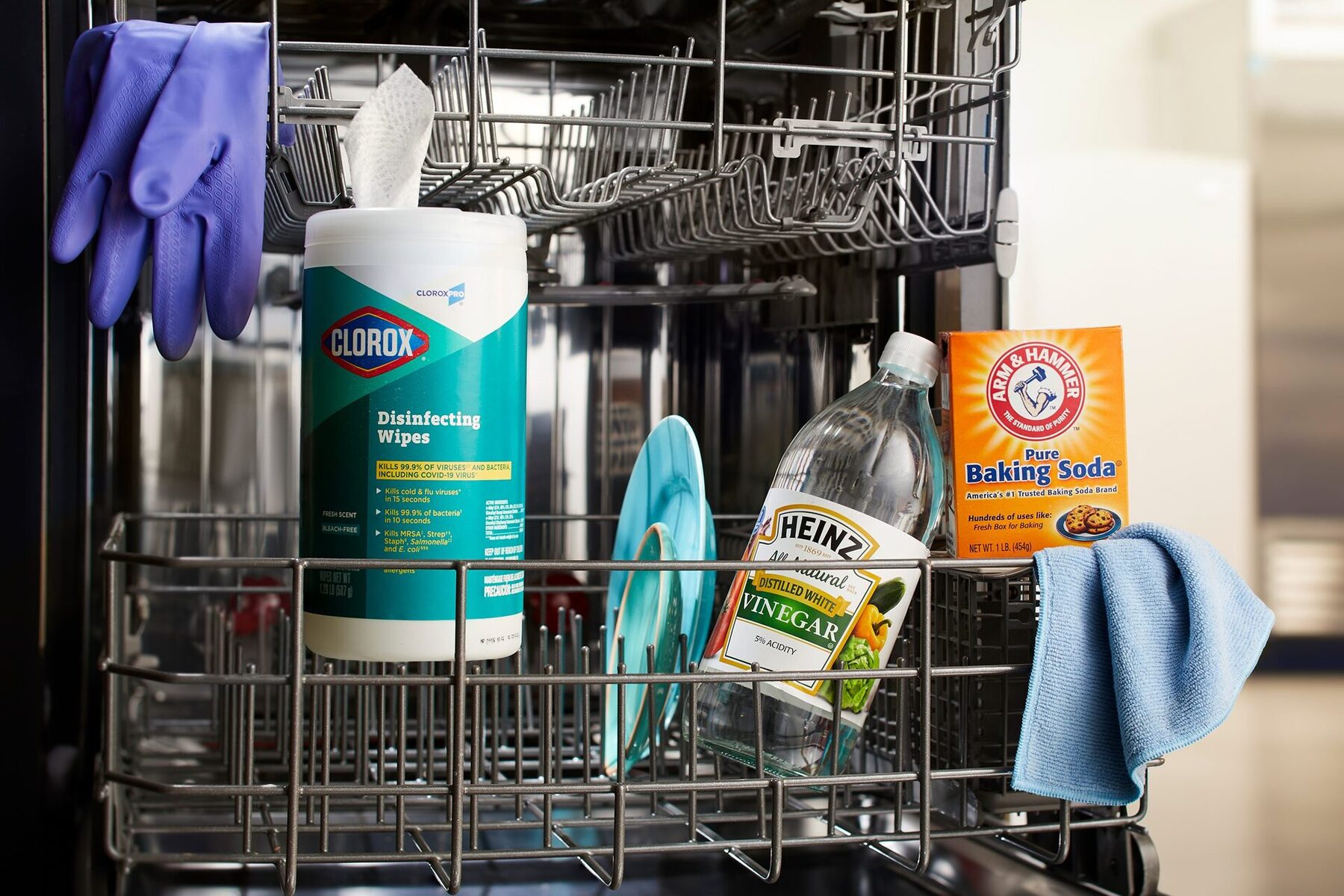
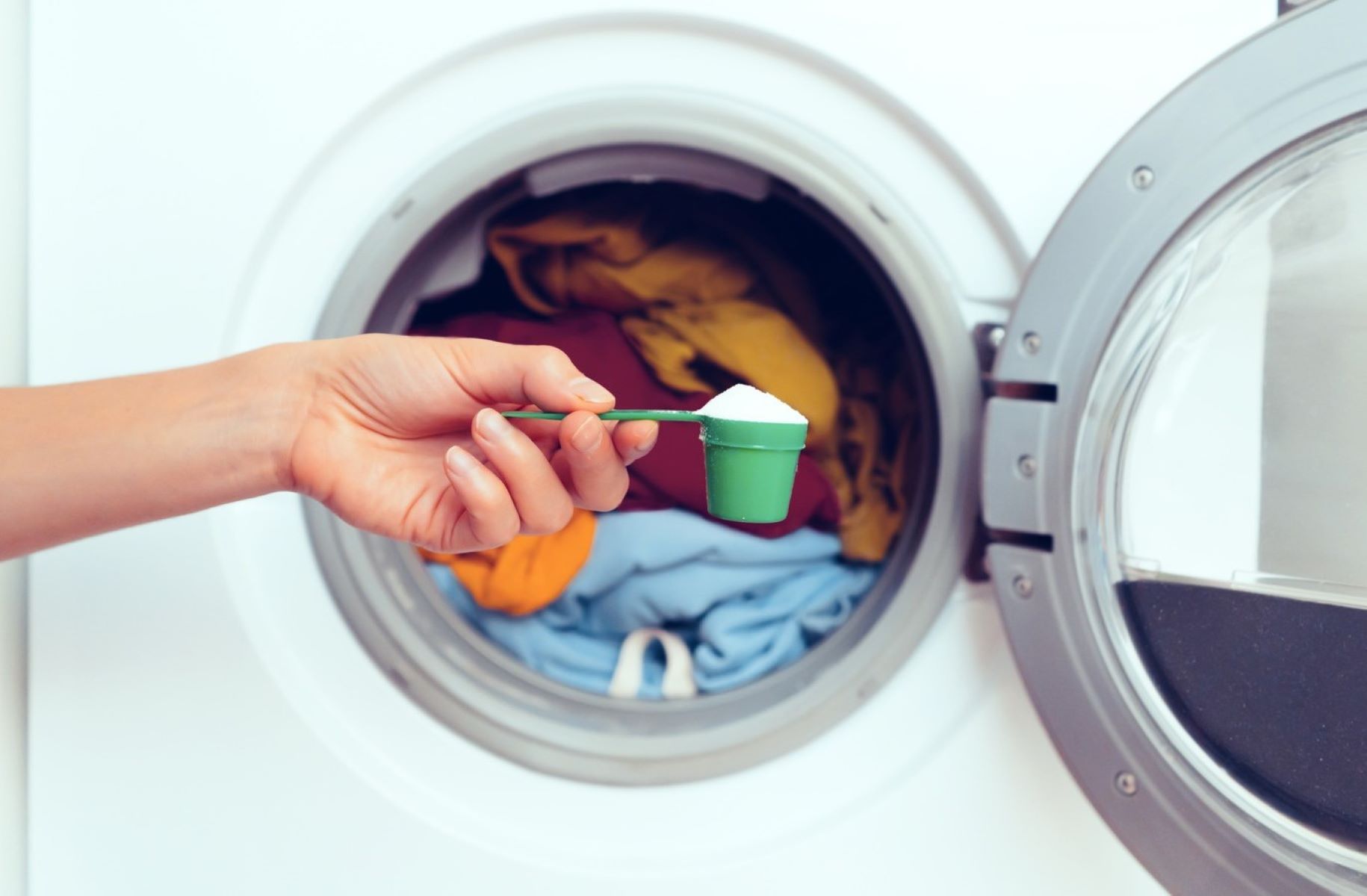
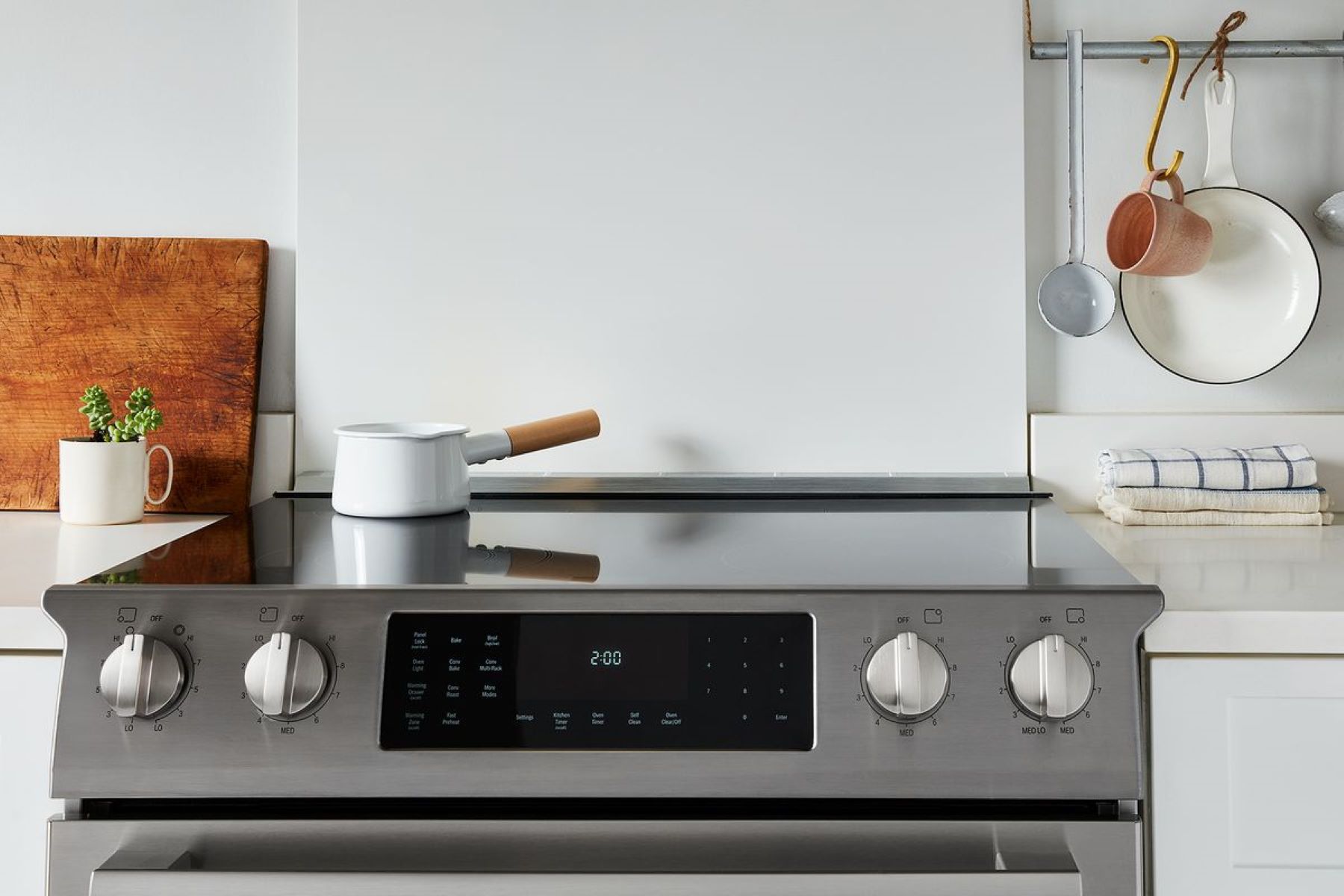
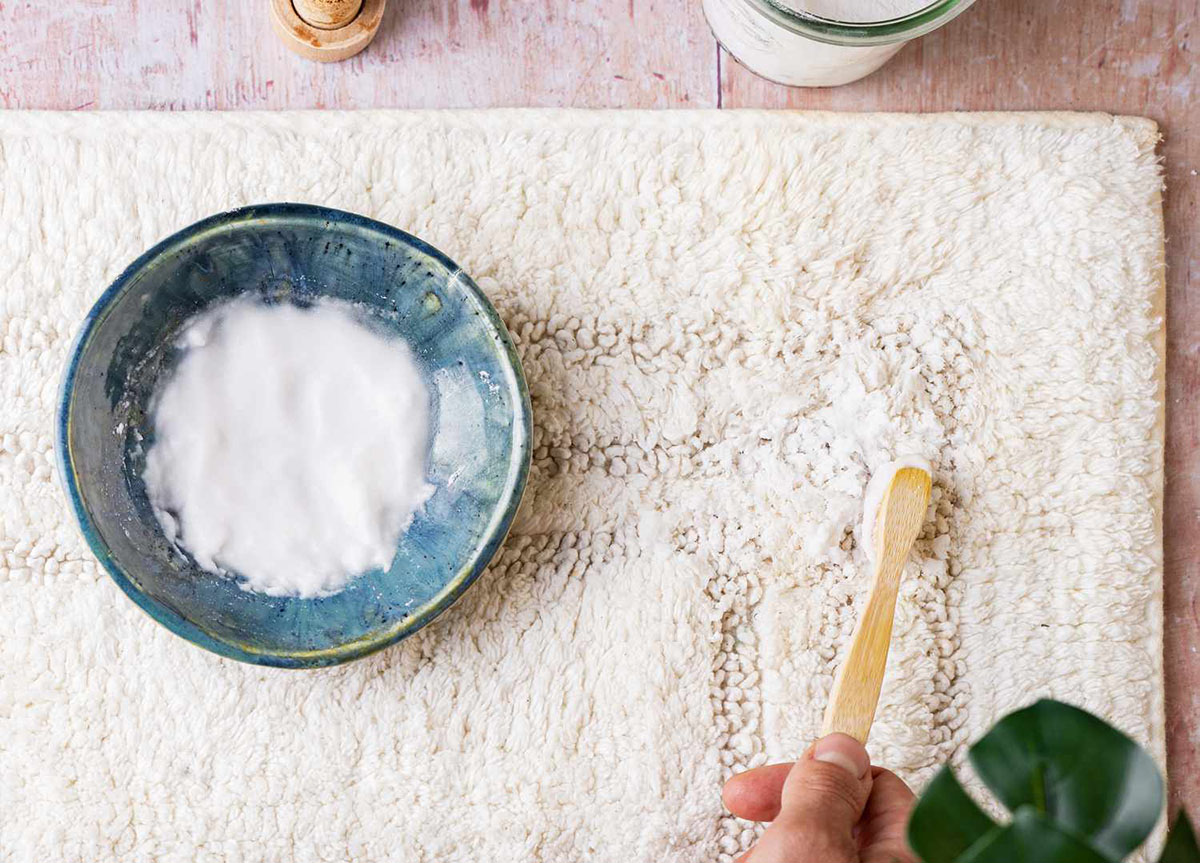
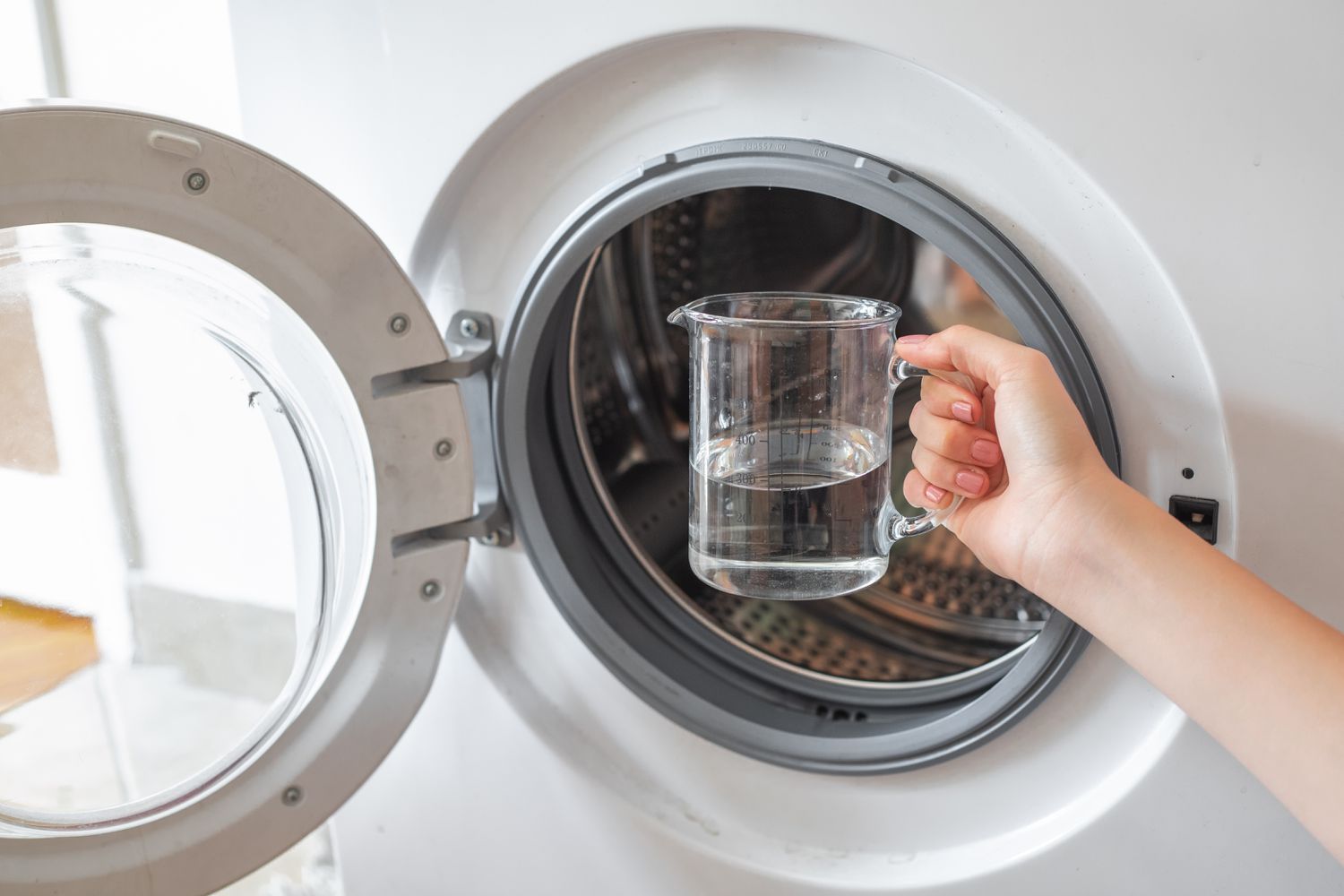
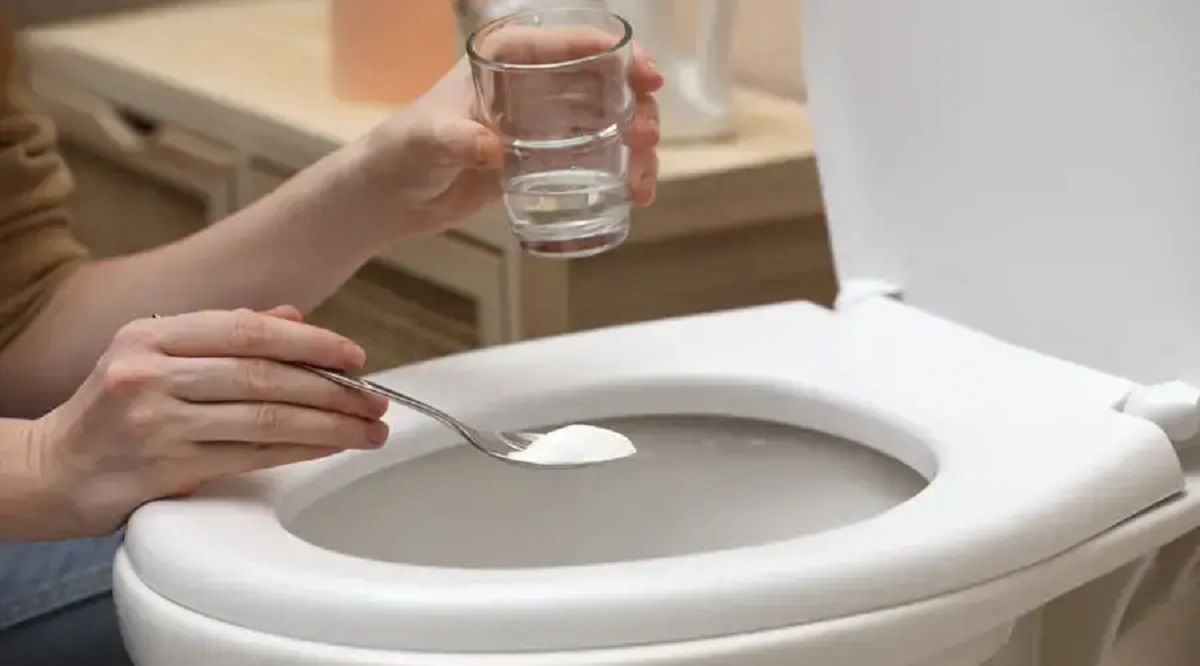
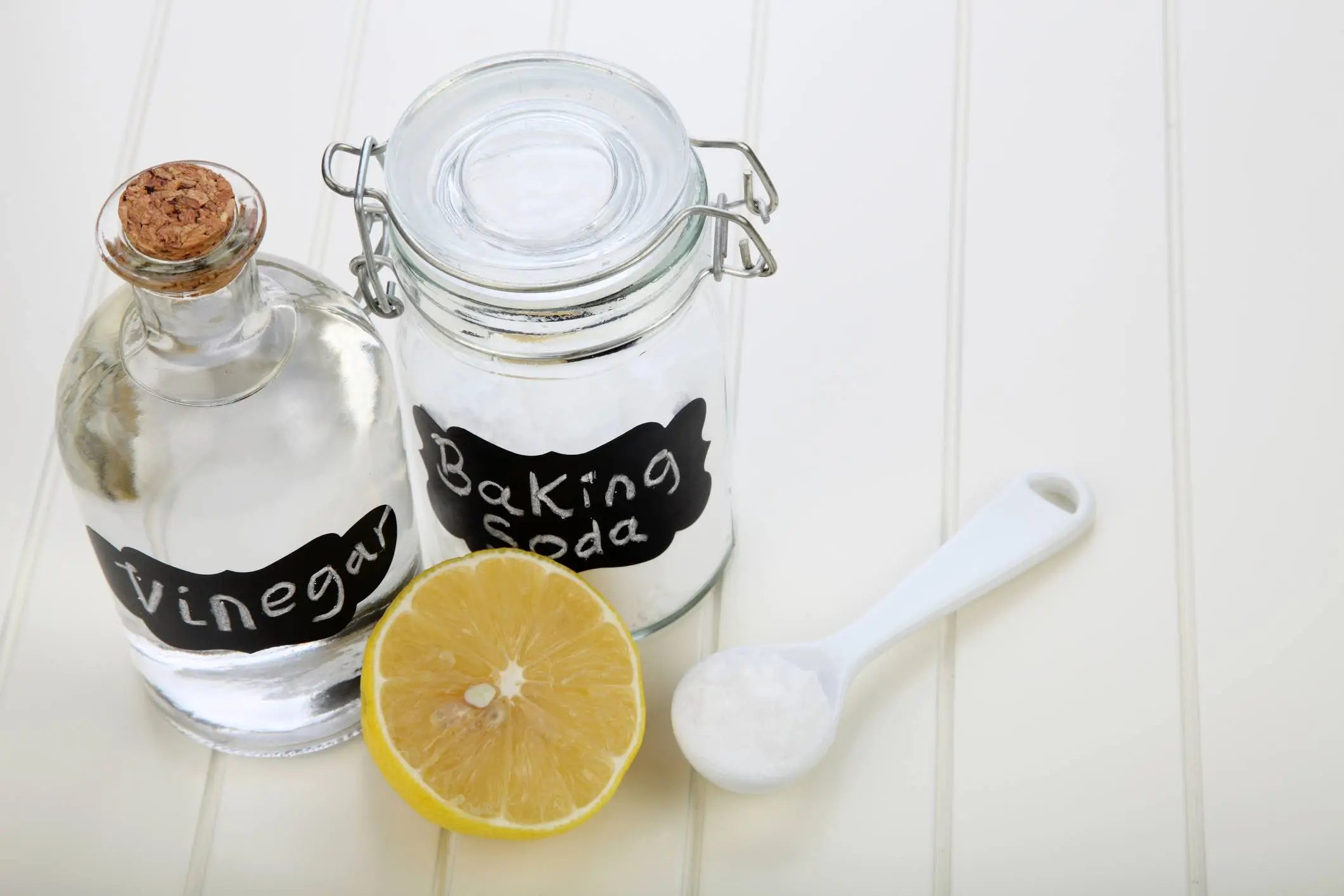
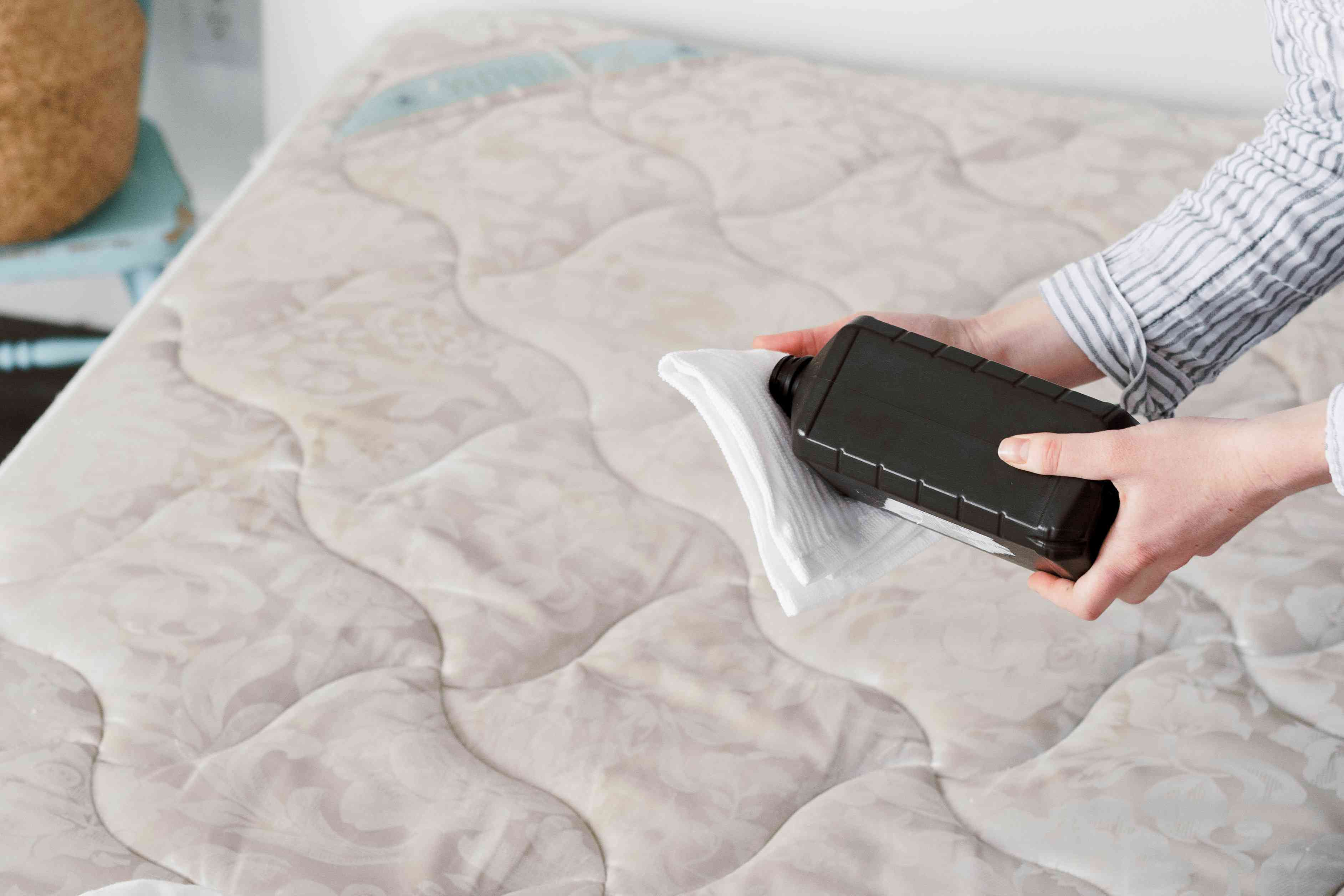
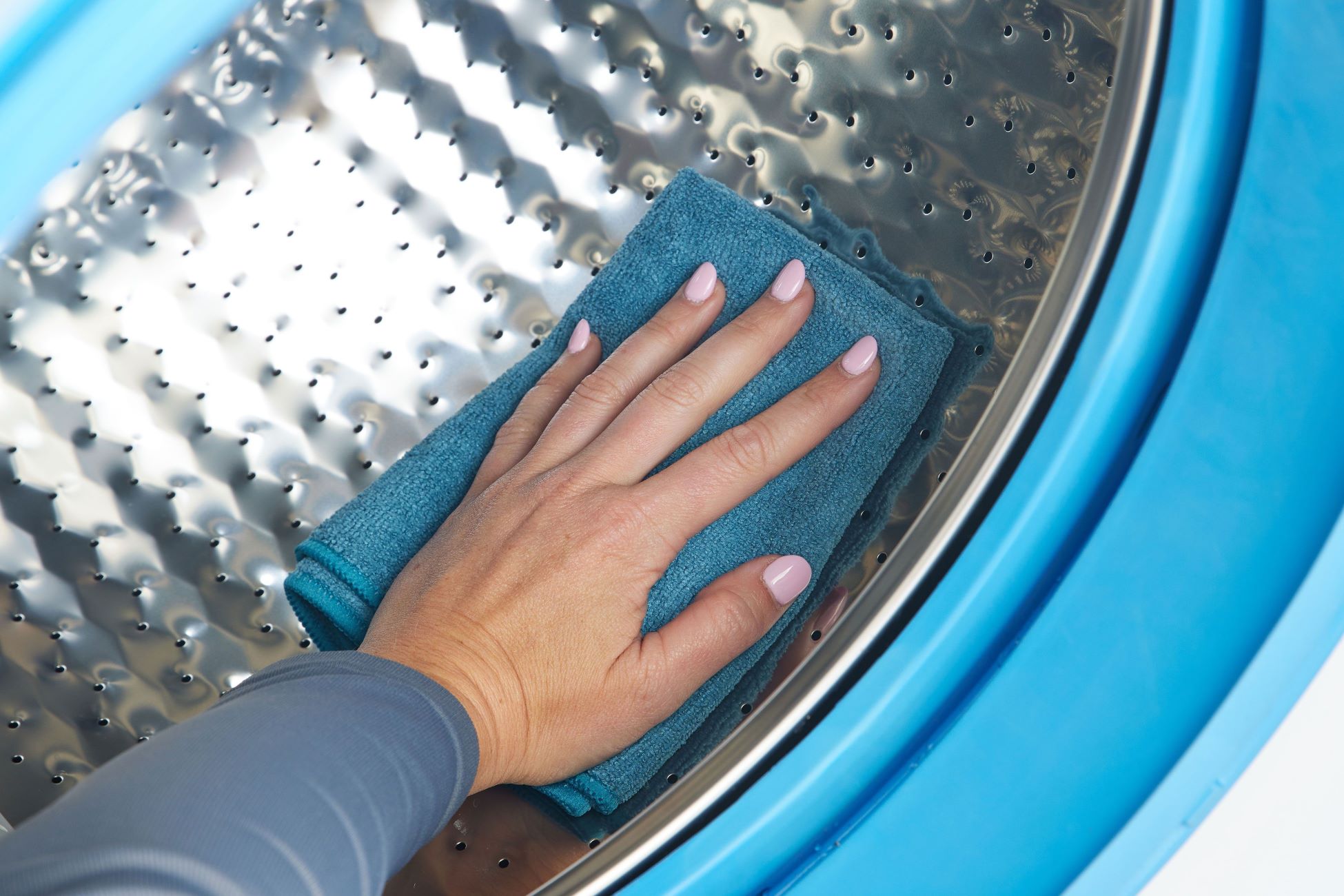
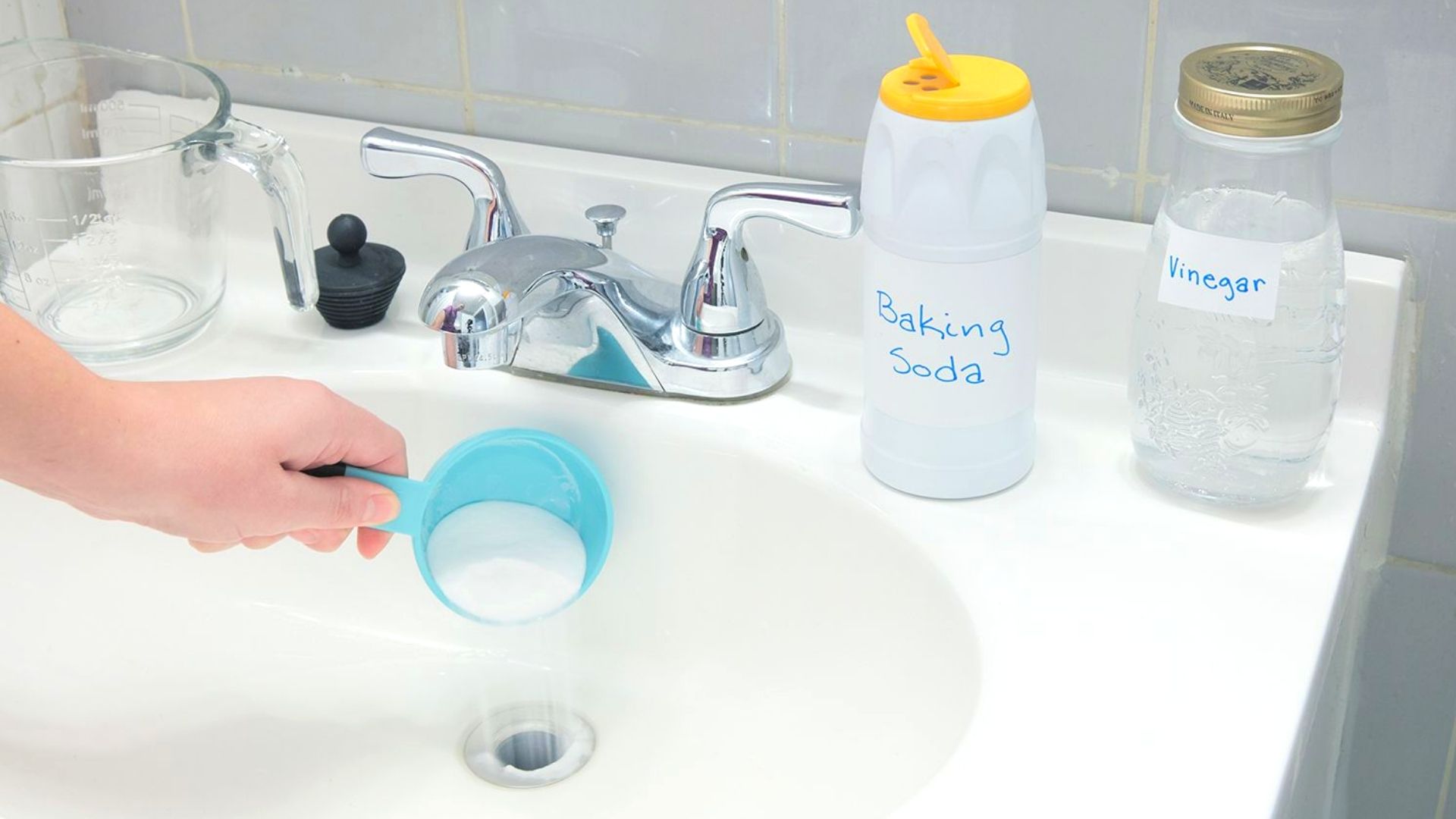
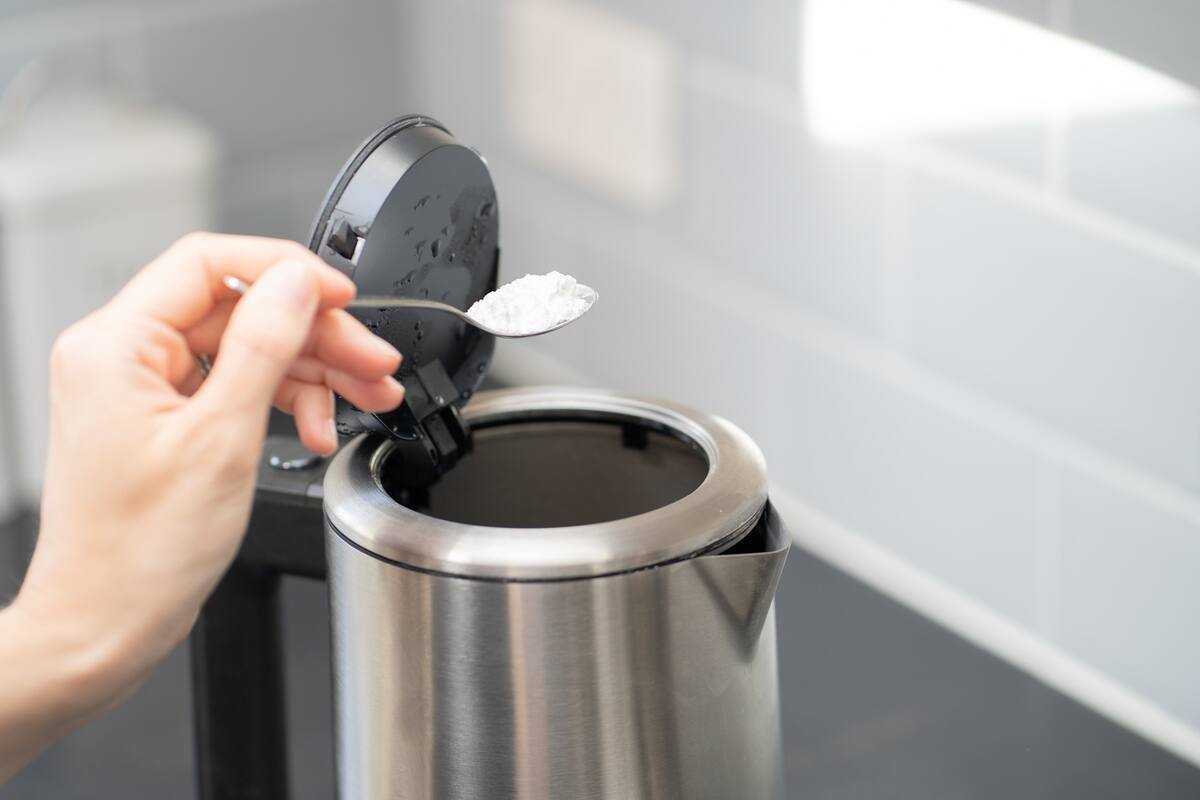
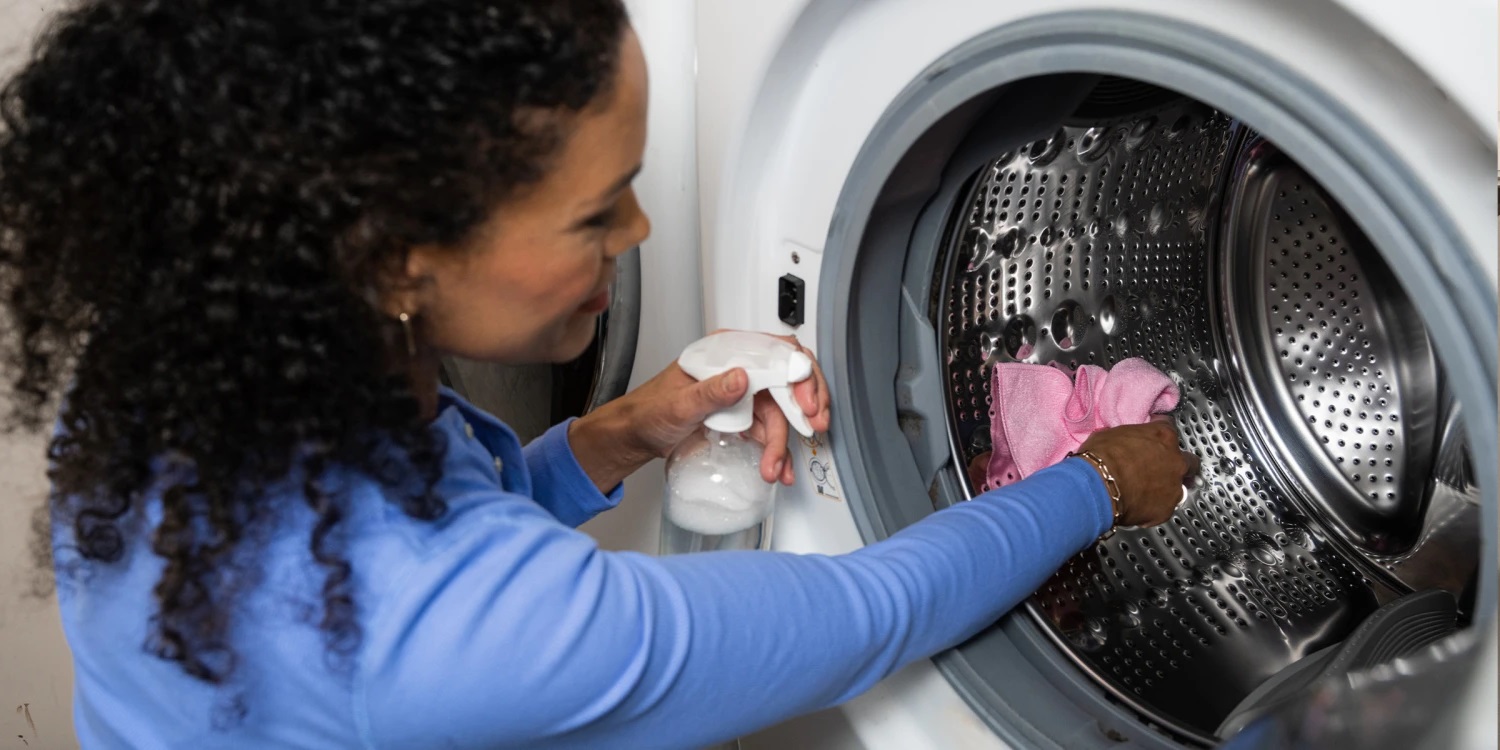

0 thoughts on “How To Clean A Washing Machine With Vinegar And Baking Soda”